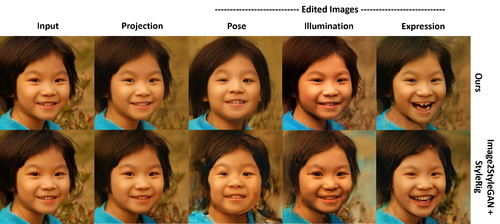Pre-recorded Sessions: From 4 December 2020 | Live Sessions: 10 – 13 December 2020
4 – 13 December 2020
Pre-recorded Sessions: From 4 December 2020 | Live Sessions: 10 – 13 December 2020
4 – 13 December 2020
#SIGGRAPHAsia | #SIGGRAPHAsia2020
#SIGGRAPHAsia | #SIGGRAPHAsia2020











Date/Time:
04 – 13 December 2020
All presentations are available in the virtual platform on-demand.
Lecturer(s):
Ayush Tewari, Max-Planck-Institut für Informatik, Germany
Mohamed Elgharib, Max-Planck-Institut für Informatik, Germany
Malikarjun B R, Max-Planck-Institut für Informatik, Germany
Florian Bernard, Max-Planck-Institut für Informatik, Germany
Hans-Peter Seidel, Max-Planck-Institut für Informatik, Germany
Patrick Pérez, Valeo.ai, France
Michael Zollhöfer, Stanford University, United States of America
Christian Theobalt, Max-Planck-Institut für Informatik, Germany
Bio:
Description: Editing of portrait images is a very popular and important research topic with a large variety of applications. For ease of use, control should be provided via a semantically meaningful parameterization that is akin to computer animation controls. The vast majority of existing techniques do not provide such intuitive and fine-grained control, or only enable coarse editing of a single isolated control parameter. Very recently, high-quality semantically controlled editing has been demonstrated, however only on synthetically created StyleGAN images. We present the first approach for embedding real portrait images in the latent space of StyleGAN, which allows for intuitive editing of the head pose, facial expression, and scene illumination in the image. Semantic editing in parameter space is achieved based on StyleRig, a pretrained neural network that maps the control space of a 3D morphable face model to the latent space of the GAN. We design a novel hierarchical non-linear optimization problem to obtain the embedding. An identity preservation energy term allows spatially coherent edits while maintaining facial integrity. Our approach runs at interactive frame rates and thus allows the user to explore the space of possible edits. We evaluate our approach on a wide set of portrait photos, compare it to the current state of the art, and validate the effectiveness of its components in an ablation study.
